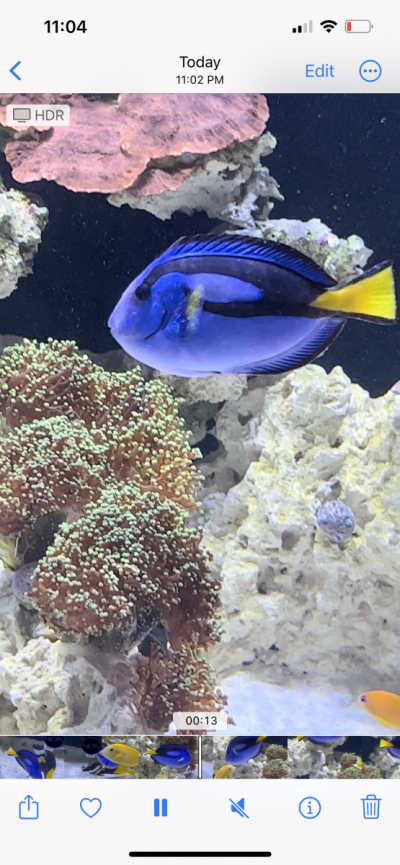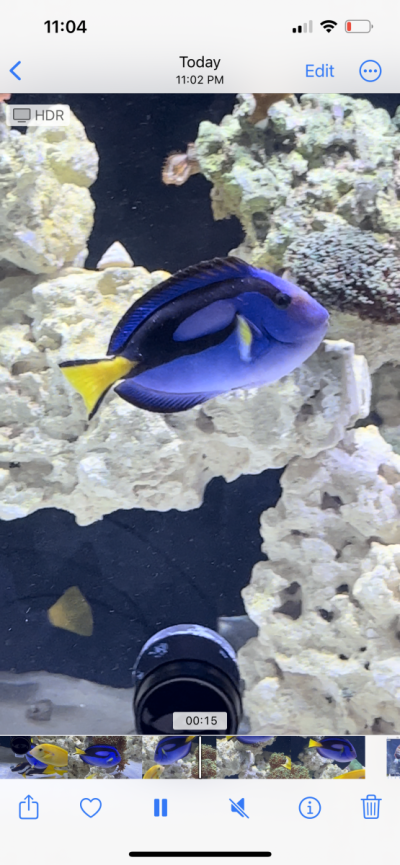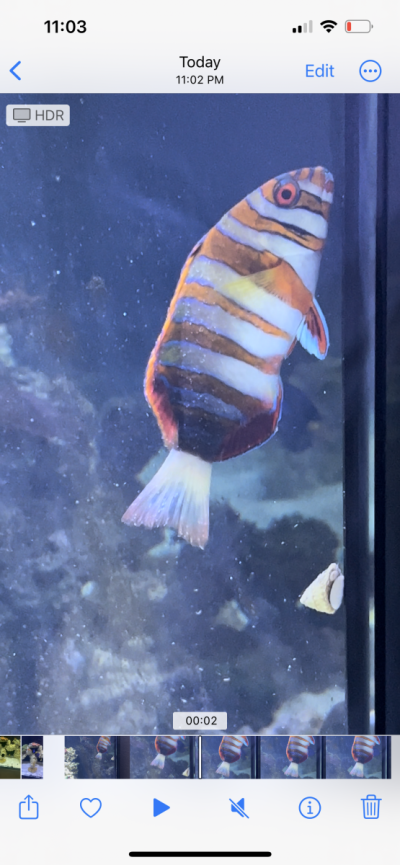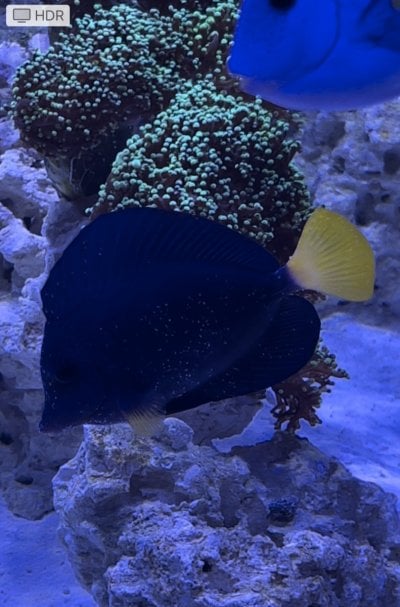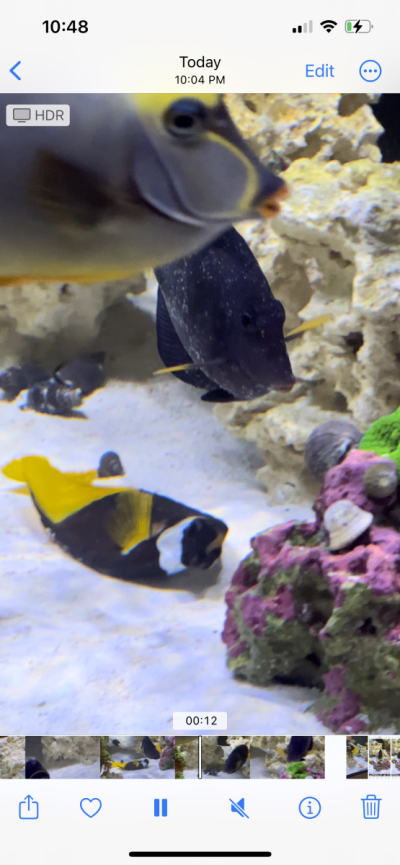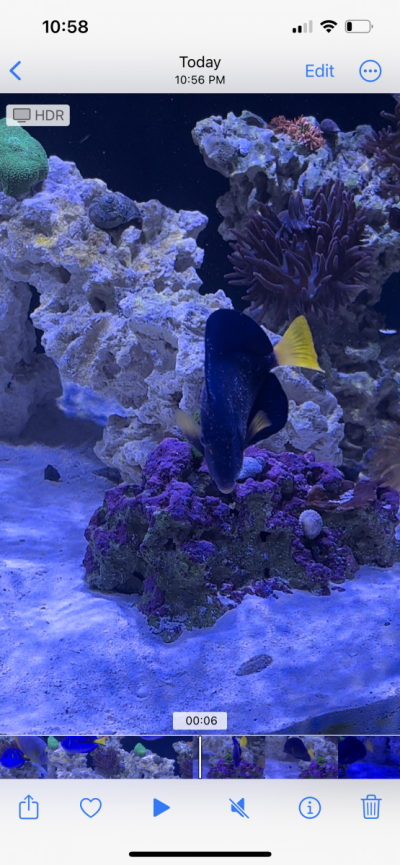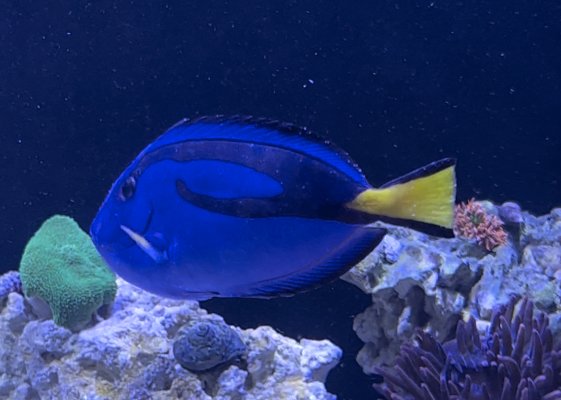- Joined
- Oct 16, 2018
- Messages
- 106
- Reaction score
- 65
So I have always ran a ich management tank I have had ich in my tank for about six months. The first case was exactly 5 months ago. After a while it went away this December I decided to introduce a beautiful gold rim tang, I did notice the gold rim tang break out before anyone else, so I removed the gold rim, gave him to a buddy, this was two weeks ago I knew the ich was gonna spike again but I must admit this is worse than the first case it’s been exactly like this for a week it has not gotten worse, but it has not gotten better. All fishes are still eating like a pig.
